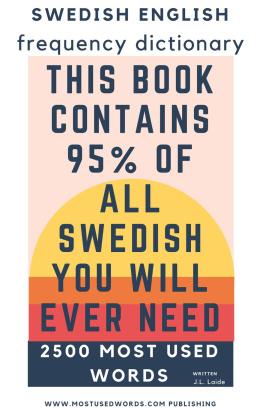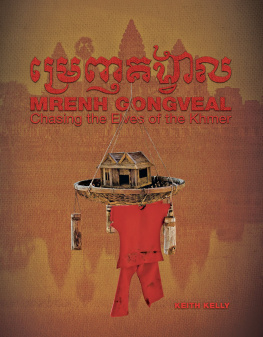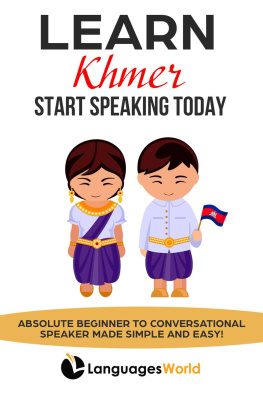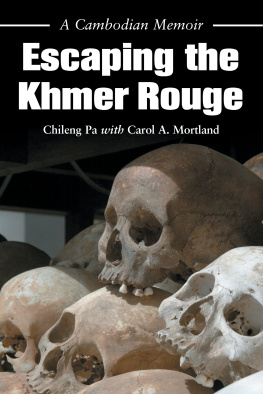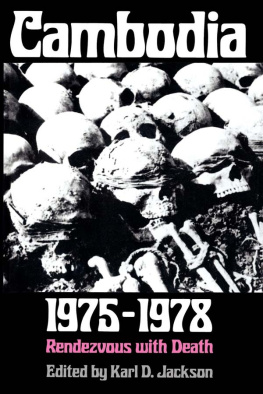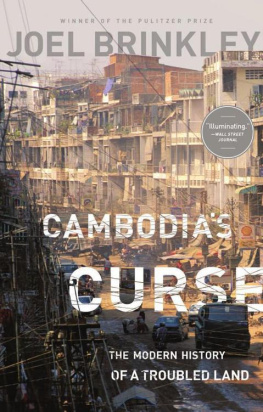First published in 1996 by
Kegan Paul International
This edition first published in 2010 by
Routledge
2 Park Square, Milton Park, Abingdon, Oxon, OX14 4RN
Simultaneously published in the USA and Canada
by Routledge
270 Madison Avenue, New York, NY 100 16
Routledge is an imprint of the Taylor & Francis Group, an informa business
C Allen P.K. Keesee 1996
Transferred to Digital Printing 2010
All rights reserved. No part of this book may be reprinted or reproduced or utilised in any form or by any electronic, mechanical, or other means, now known or hereafter invented, including photocopying and recording, or in any information storage or retrieval system, without permission in writing from the publishers.
British Library Cataloguing in Publication Data
A catalogue record for this book is available from the British Library
ISBN 10: 0-7103-0514-1 (hbk)
ISBN 13: 978-0-7103-0514-5 (hbk)
Publishers Note The publisher has gone to great lengths to ensure the quality of this reprint but points out that some imperfections in the original copies may be apparent. The publisher has made every effort to contact original copyright holders and would welcome correspondence from those they have been unable to trace.
Introduction
By 1995, Cambodia, for years a society torn by war, had become one beset by a range of new problems arising out of the relative peace brought by the suspension of the countrys civil war in 1991 and United Nations-supervised elections in 1993 problems including how to achieve sustainable development in the face of rapid population growth, high unemployment and on-going environmental deterioration; how to combine social equity with a new free-market environment; how to construct something at least as difficult to build as Angkor Wat competent government.
With the shift in Cambodian attention from military to econo-social matters has come an increase in tourism, foreign investment, the NGO/multilateral-institution/diplomatic presence and the general level of foreign travel to and residence in Cambodia. Many of the non-Khmer associated with this development, whether short-term visitors or potential long-term residents, and whether or not from English-speaking countries, have either a native or a working knowledge of English. Many may also have an interest in acquiring some knowledge of Khmer. It is for such visitors to, and residents in, the Kingdom, as well as for students outside Cambodia, that this book has been prepared. It attempts to present, in a simplified Romanized form, the Khmer language as it is spoken both in Phnom Penh and in the countryside today; it focuses, that is, on the sound of the language and its working structure rather than on the grammatical rules or word spellings of the written language. Emphatically, it does not attempt letter-for-letter transliterations of written Khmer.
The system of transliteration used here relies to an appreciable extent on letter combinations not found in English (hh and ooo, for example); requires close attention to the phonetic key provided later in this volume; and is in no sense simple. It strives, however, to convey Khmer sounds with Roman letter combinations that spontaneously, for one familiar with English, lead to that Khmer sound: using, for example, aae to convey the Khmer sound similar to an English long A. The system used here also avoids the non-Roman sound symbols lambdas, thetas, backward cs, etc. , found in some language manuals, which often seem to take as long to master as the target language itself. Hopefully, these approaches will make acquisition of spoken Khmer a more rapid and pleasant process.
Every effort has been made to proof the text carefully to achieve consistency in transliteration, cull out typographical errors and render Khmer letter-sounds accurately. Inconsistencies, however, undoubtedly remain, and for this the users indulgence is requested.
In addition to the hundreds of Cambodians I have had the pleasure of meeting over past years, both in Cambodia and the United States, all of whom have contributed to my understanding of spoken Khmer, special thanks for invaluable assistance in the preparation of this volume are due to Phalla Teng Chey, Phally Kem Teng, Chandara Chey Kem, Borasmy Ung, Marina Keo, Sokheartha Chhim, Sokhon Pheng and Samol Chuan, and for first suggesting the need for this volume, to Sok Sinan. Errors in the text are, of course, my responsibility alone.
Allen P. K. Keesee, Bangkok, June 1995



